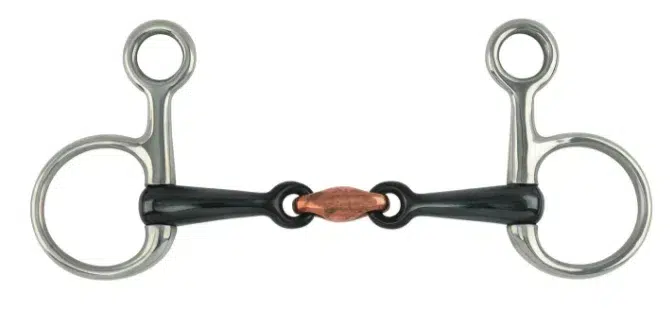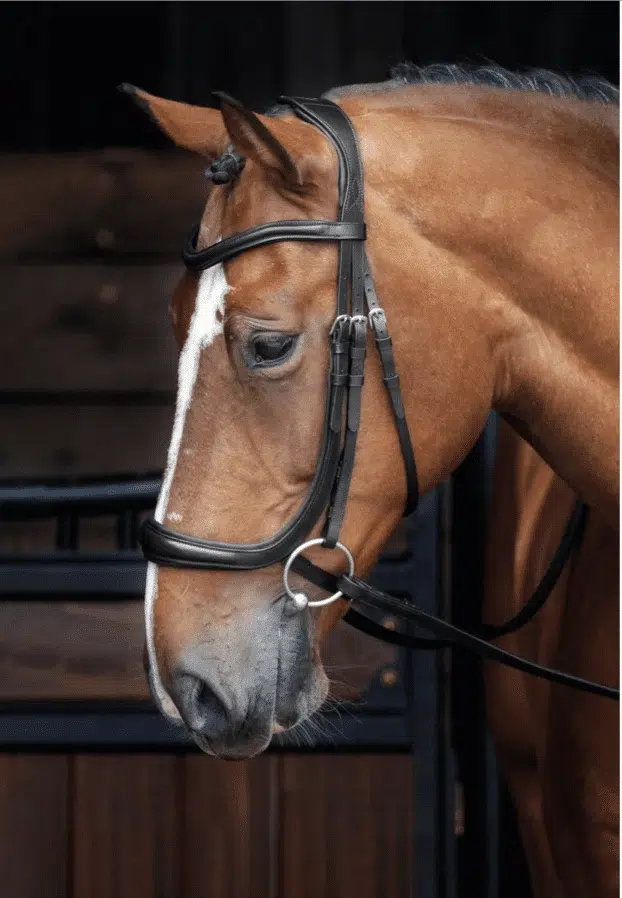Introducing Tack to a Young Horse: 5 Great Tips
Introducing tack to a young horse to tack is an essential step in their training journey. It can be an exciting yet challenging experience for both the horse and the trainer. The process requires patience, understanding, and a methodical approach to ensure the horse feels comfortable and confident.
This guide will help you introduce tack to a young horse. It offers tips and insights to make the process easy and stress-free.

Understanding the Basics of Young Horse Training
Before discussing introducing tack, it’s important to understand the basics of training young horses. Young horses often display energy and curiosity, but new experiences can easily frighten them.
Training should be gradual, starting with groundwork to build trust and respect. This includes leading, haltering, and handling exercises that prepare the horse for more advanced tasks. By establishing a solid foundation, you ensure that the horse is ready for the next steps, including tack introduction.
Preparing for Tack Introduction
Choosing the Right Tack
The first step in introducing tack to a young horse is choosing the right equipment. Young horse tack should be simple, comfortable, and fit well. You may want to consider consignment horse tack options, which can be more affordable without sacrificing quality.
- Saddle: A lightweight saddle is ideal for the first introduction. Ensure it fits well to prevent discomfort or injury.
- Bridle: Use a simple snaffle bit to start. It’s gentle and generally accepted well by young horses.
- Girth or Cinch: Make sure it’s not too tight or too loose. It should be snug enough to keep the saddle in place without causing discomfort.


Creating a Calm Environment
Introducing tack should take place in a familiar and calm environment. This helps the horse feel secure and reduces anxiety. Avoid noisy or busy areas where the horse might become distracted or startled.
Step-by-Step Guide to Introducing Tack
Step 1: Familiarization
Begin by allowing the horse to see and smell the tack. Let the horse sniff the saddle, bridle, and girth. This helps the horse become accustomed to the new objects and reduces fear.
Step 2: Desensitization
Gently rub the tack on the horse’s body, starting with areas they are comfortable with, like the neck and withers. Gradually move to other parts, such as the back and sides. This process helps the horse get used to the sensation of tack.
Step 3: Introducing the Saddle
- Start with a Saddle Pad: Place a saddle pad on the horse’s back. Let it sit for a few minutes so the horse can get used to the feeling.
- Allow the horse to walk around with the pad on them. Allow the pad to move and slip while they are walking. You can even have a hand on the pad and make it move or keep it steady as you and the horse are comfortable. Make sure the horse is completely confident and comfortable with the pad before moving on.
- Before introducing the saddle, introduce the idea of the girth with a surcingle and pad. Start with the surcingle tightened up just enough that it won’t slip, and allow the horse to move at a walk, trot, and canter, with it on. Gradually tighten the surcingle and allow the horse to work through the tighter feel. Make sure the horse is completely comfortable with the feeling of the tighter surcingle before introducing the saddle.
- Introduce the Saddle: Slowly place the saddle on top of the pad. Secure it firmly with the girth so the saddle will not slip when the horse starts to move.
- Walk the Horse: Lead the horse around with the saddle on. This helps the horse adjust to the weight and movement of the saddle. When the horse is comfortable in the walk, allow him to trot and canter on a long line. Ask for all gaits, ensuring the horse is comfortable and moving well before introducing a rider.


Step 4: Introducing the Bridle
- Fitting the Bridle: Gently place the bridle over the horse’s head. Be patient and calm, allowing the horse to adjust to the feel of the bit.
- Checking the Fit: Ensure the bridle fits comfortably and that the bit is correctly sized and sits comfortably in the horse’s mouth.
- Practice Leading: Lead the horse with the bridle on, allowing them to become accustomed to responding to light pressure from the reins.

Step 5: Repetition and Reinforcement
Repeat the process regularly over several days or weeks, gradually increasing the duration the tack is worn. This repetition reinforces the horse’s comfort and acceptance when introducing tack.
Common Challenges and Solutions
Introducing tack to a young horse can present several challenges. Here are some common issues and how to address them:
Resistance to Tack
Some horses might resist wearing tack initially. If this happens, take a step back and work on more groundwork to build trust. Reintroduce the tack slowly, using positive reinforcement such as treats and praise.
Sensitivity to Girth
If a horse shows sensitivity or irritation when the girth is tightened, check the fit and ensure it’s not too tight. Gradually increase the pressure over several sessions to allow the horse to adjust.
Anxiety or Nervousness
A horse may become anxious or nervous when introducing tack. Maintain a calm demeanor and provide reassurance through gentle strokes and a soothing voice. If necessary, take breaks and return to familiar exercises to regain the horse’s confidence.
Final Thoughts on Introducing Tack
Introducing a young horse to tack is a vital part of their development and training. By using a clear method and the right beginner horse tack, you can help your horse feel comfortable. Remember, every horse is unique and may progress at their own pace. Patience, consistency, and understanding are key to ensuring a positive experience for your young horse.
Work with an experienced trainer if this is your first time introducing tack to a young horse. An experienced trainer will be able to guide you both through challenges that you may face when introducing tack.
With these horse training tips, you’ll be well-equipped to guide your horse through this important milestone in their training journey.

